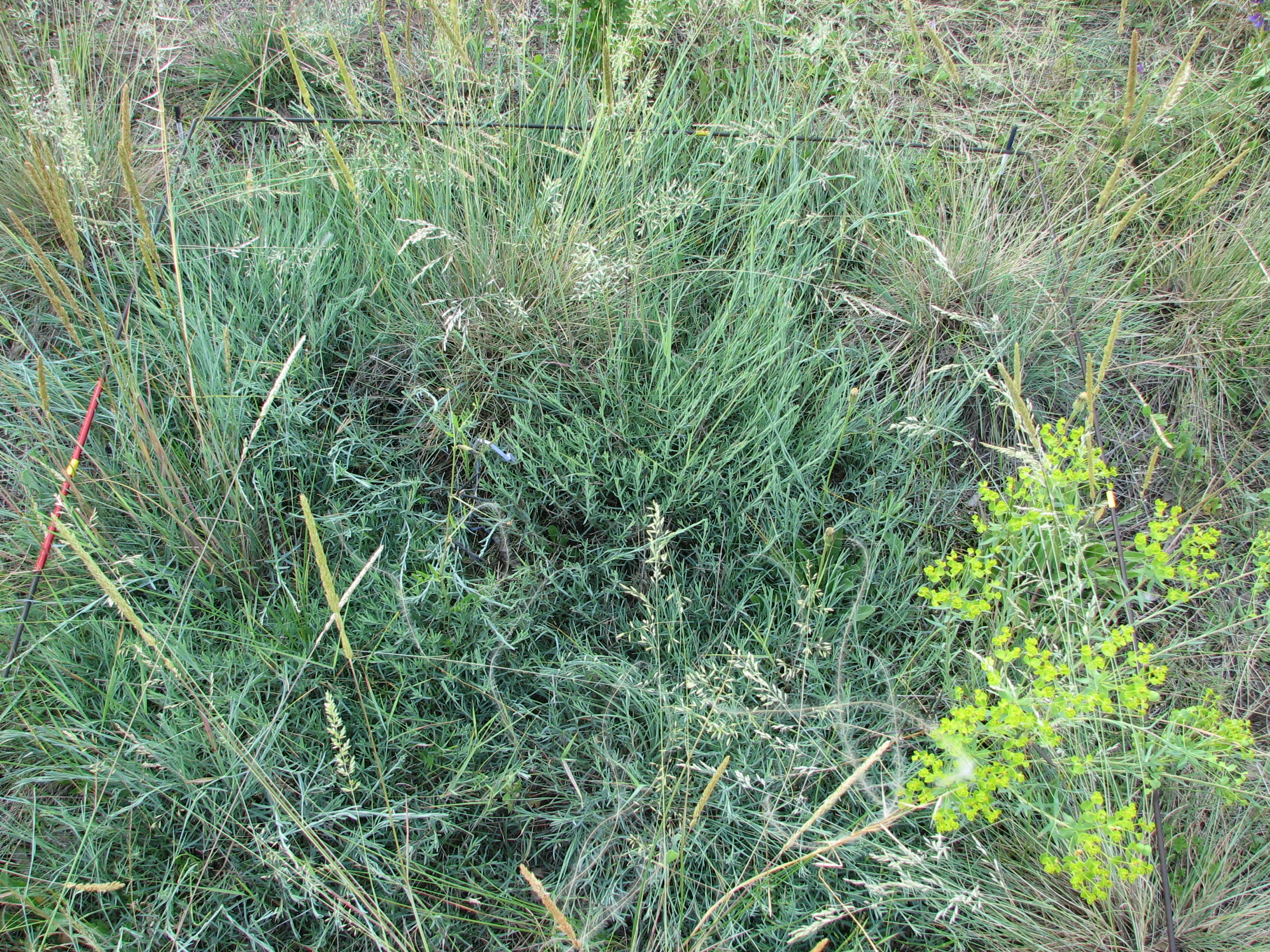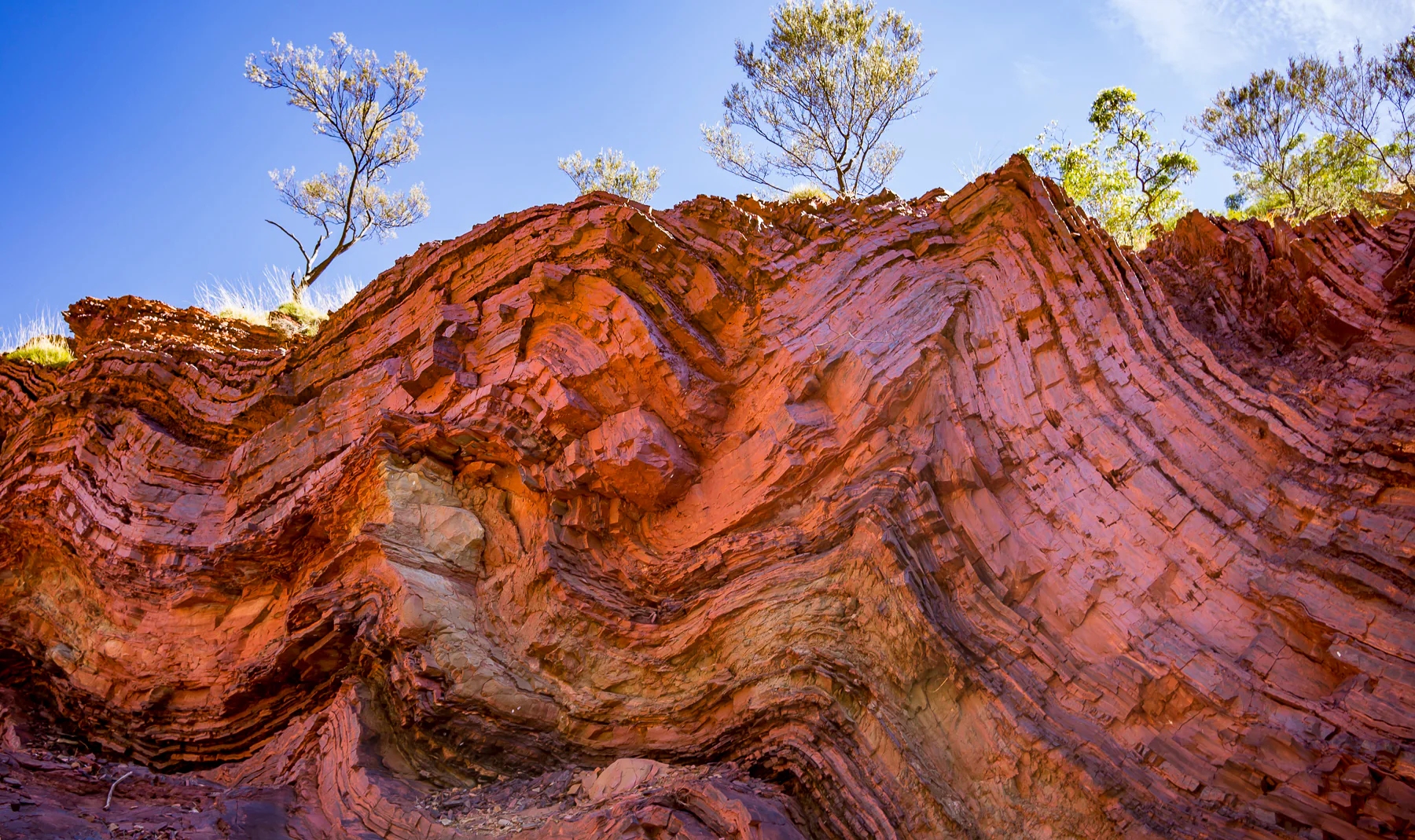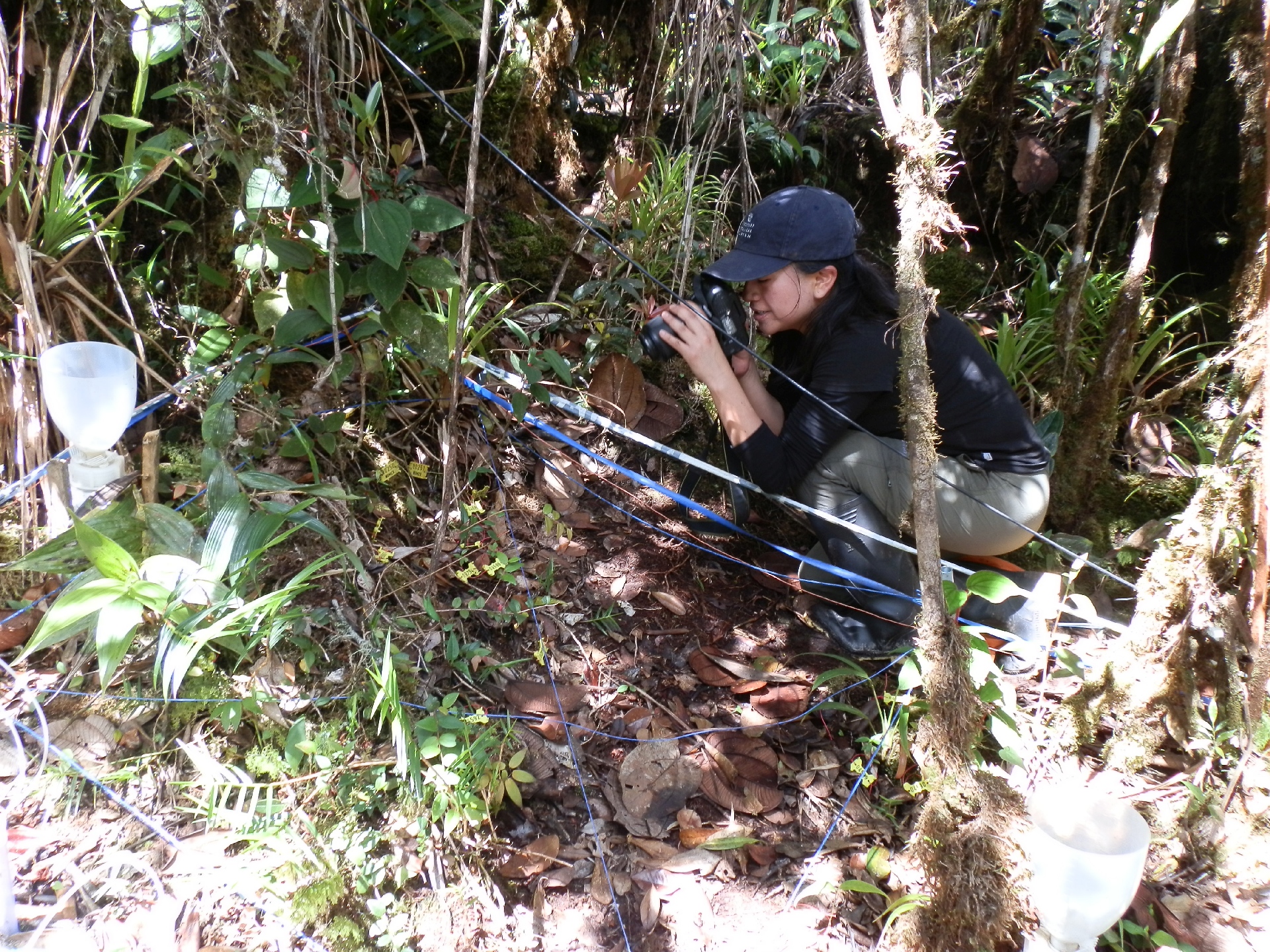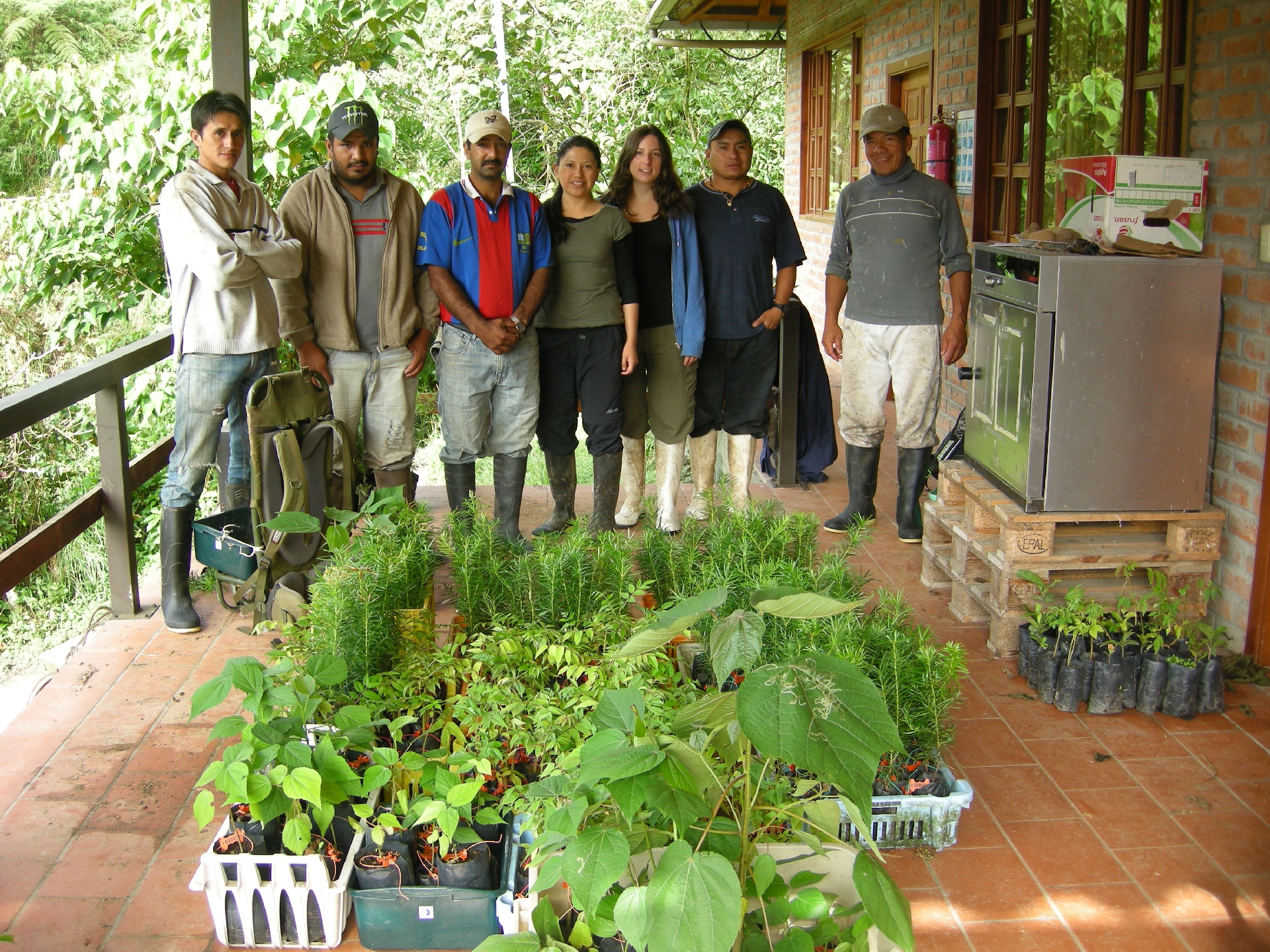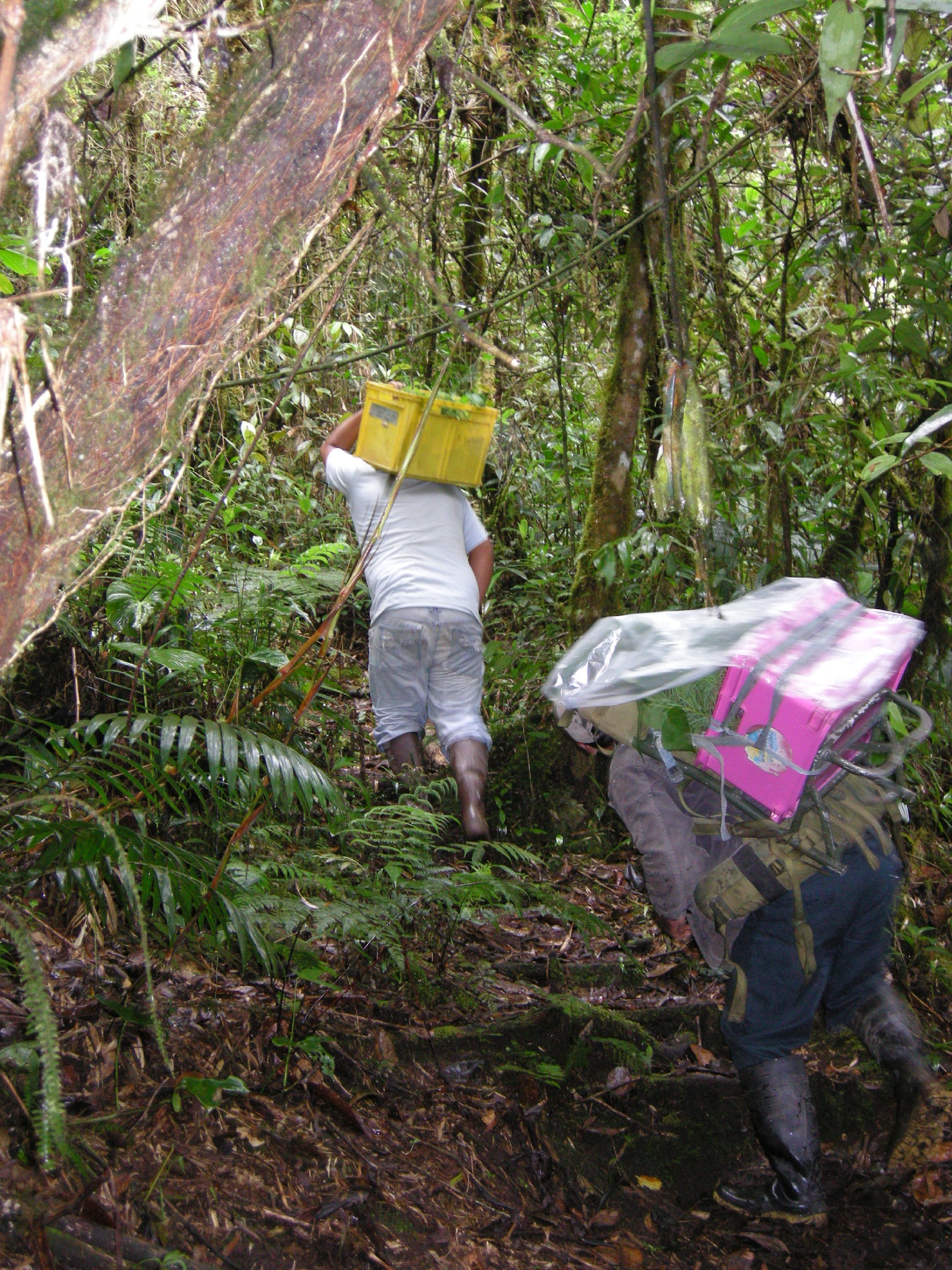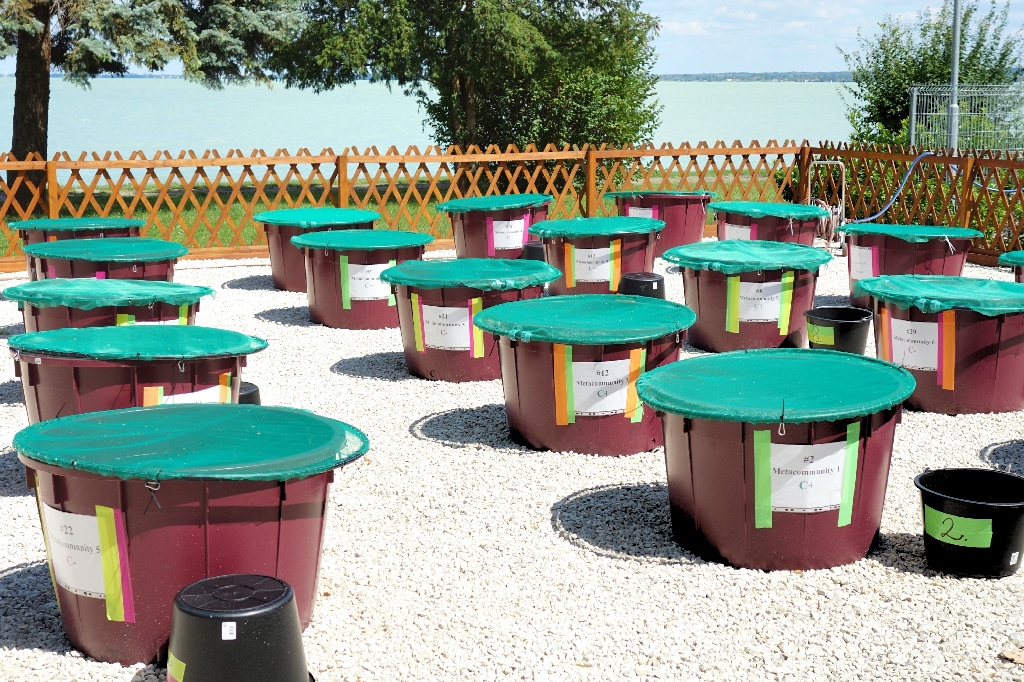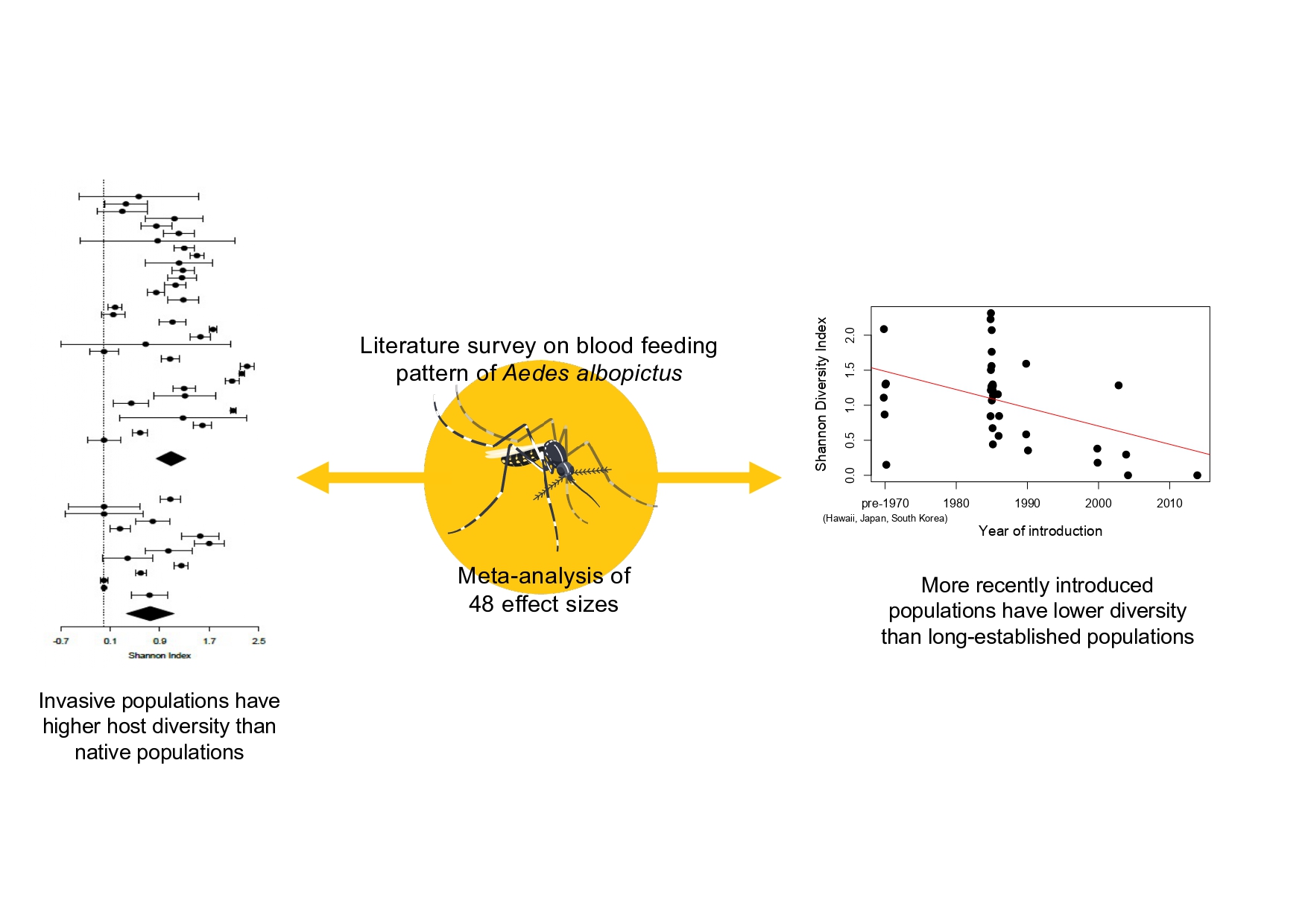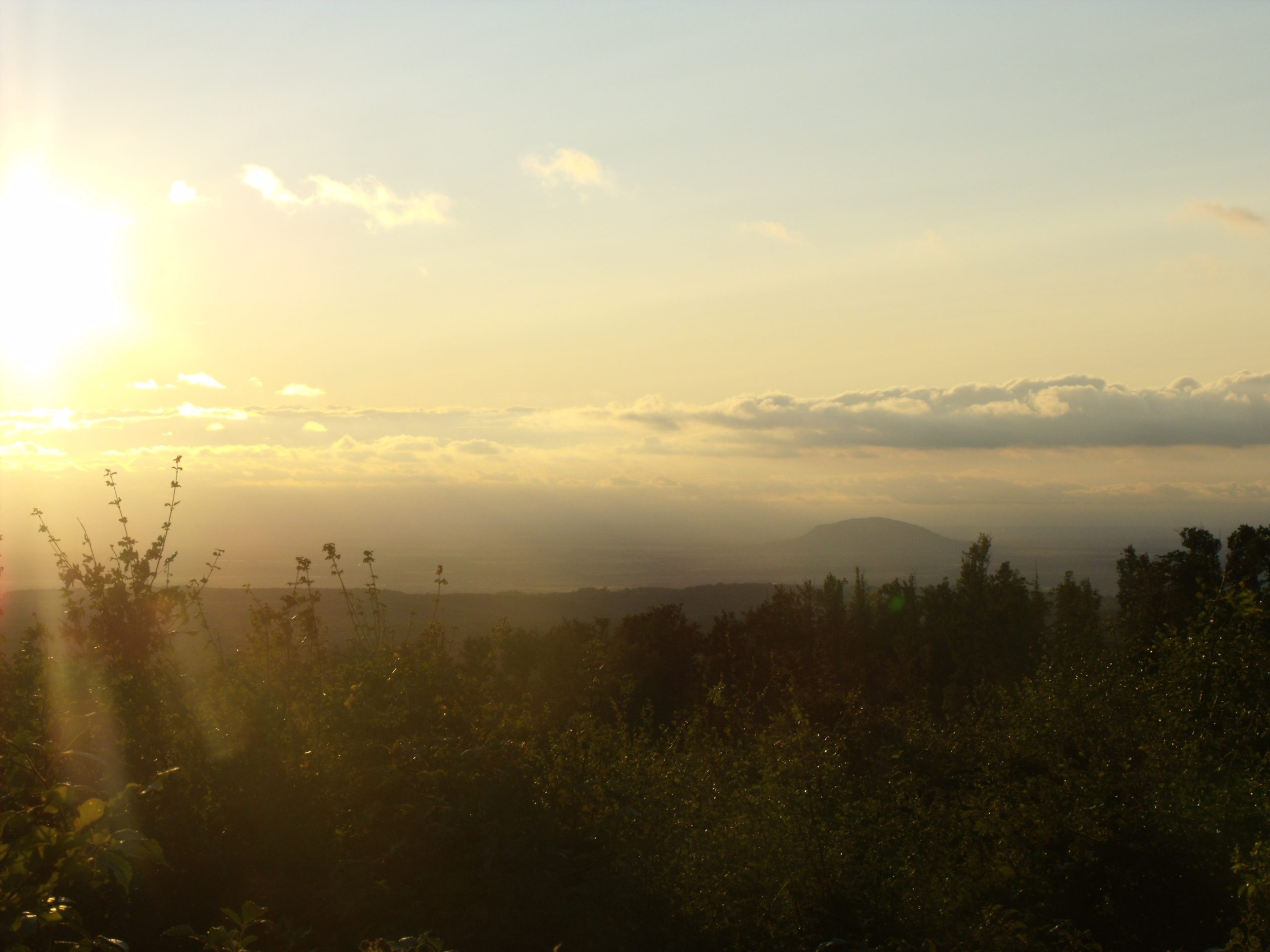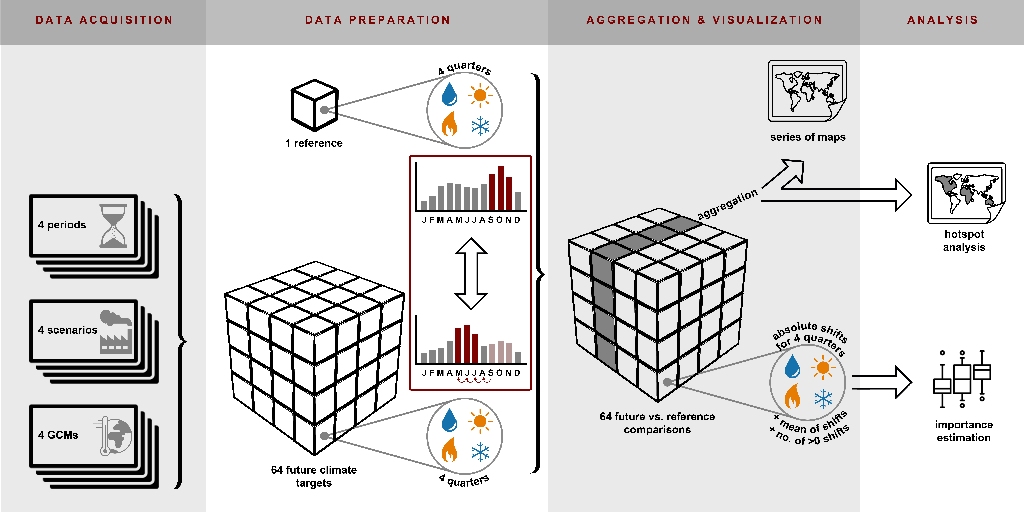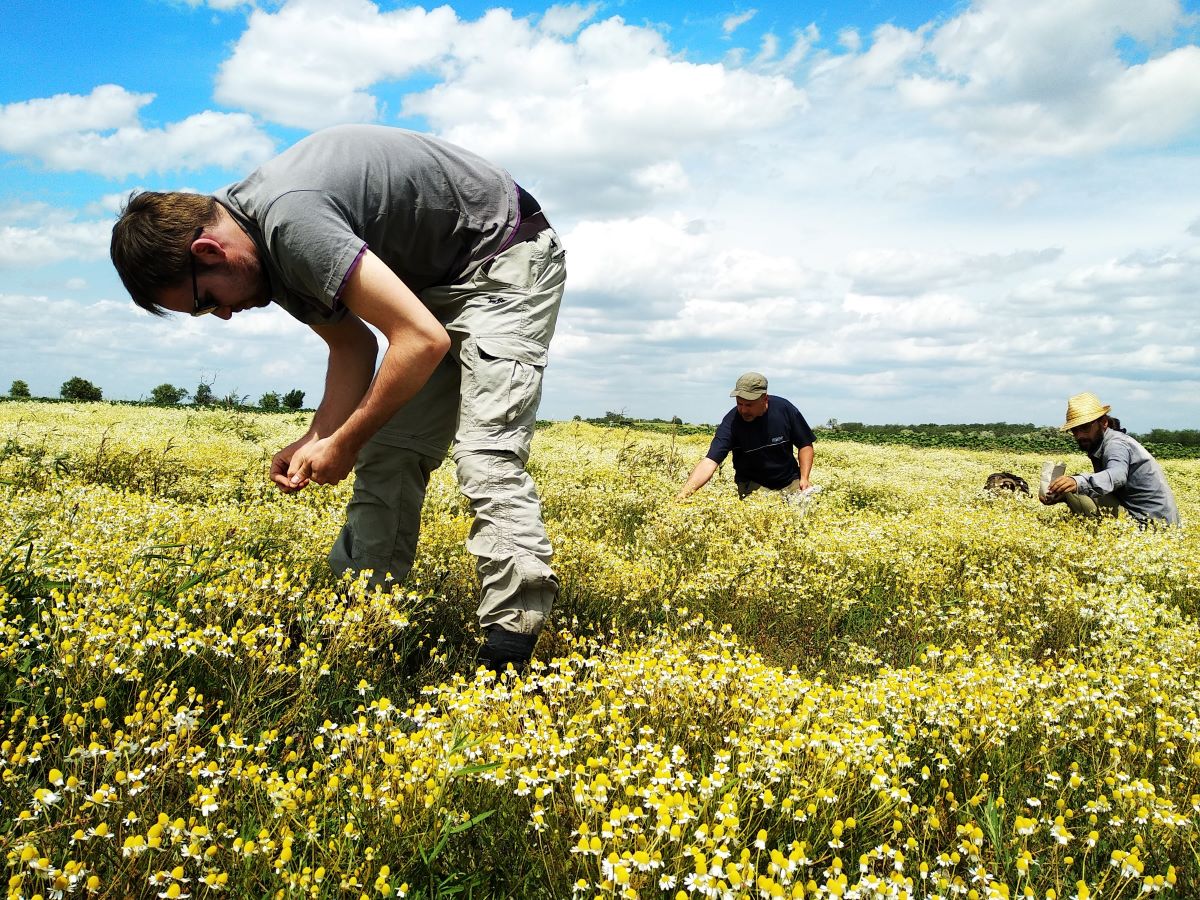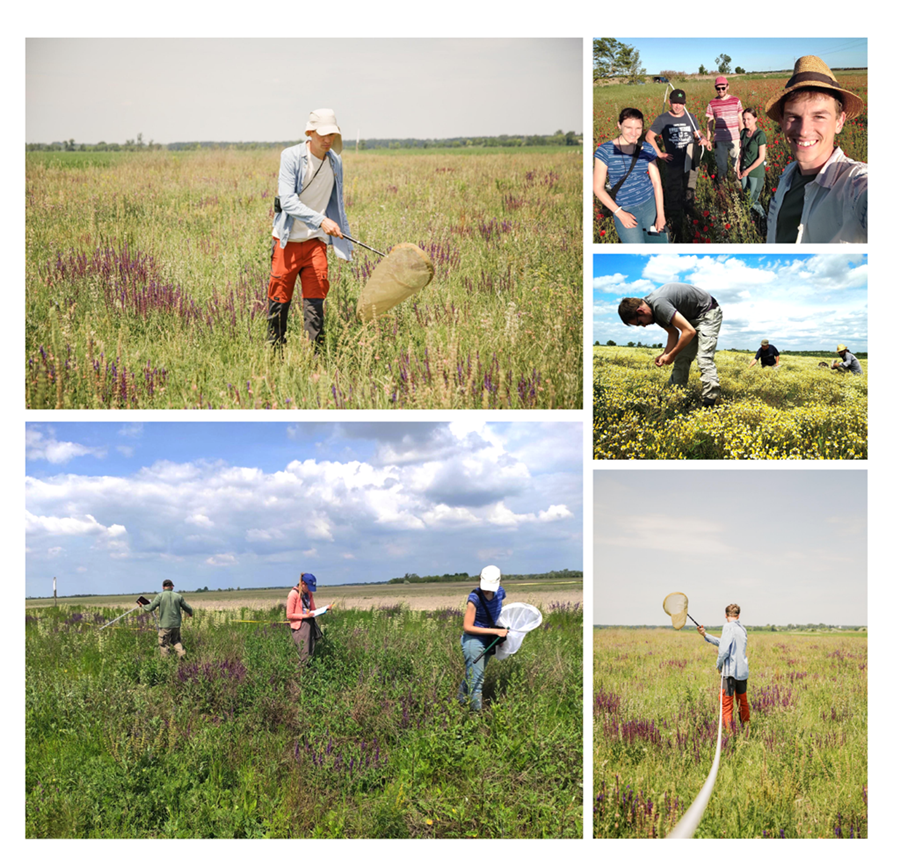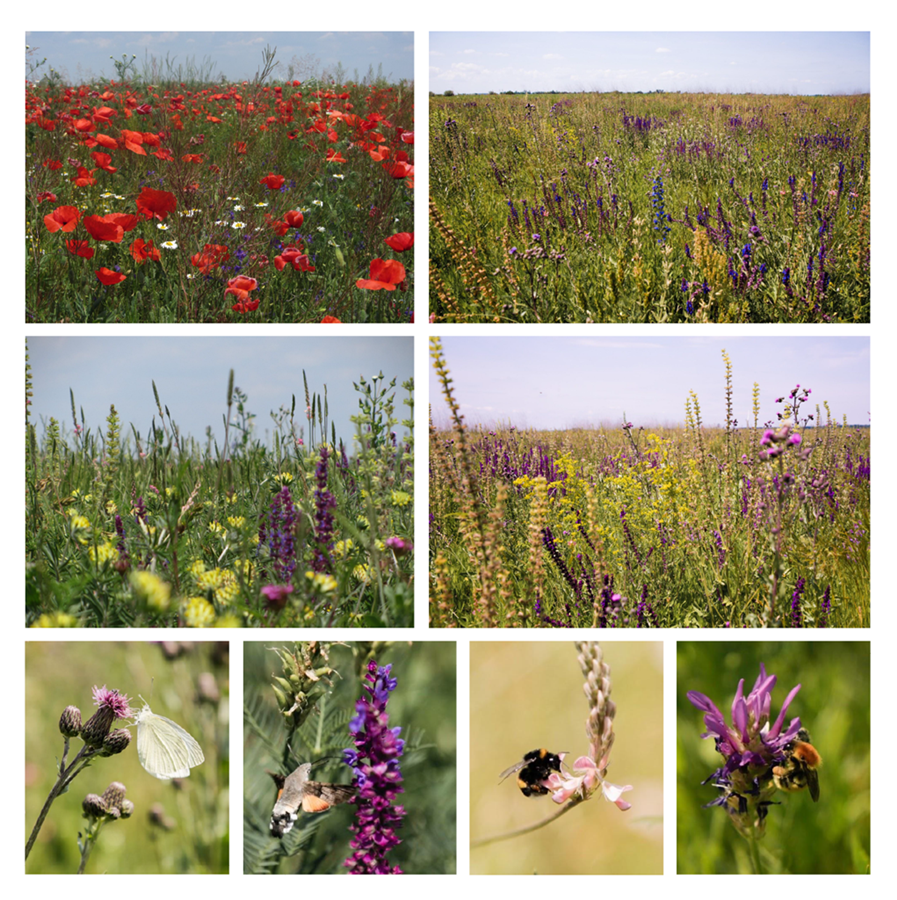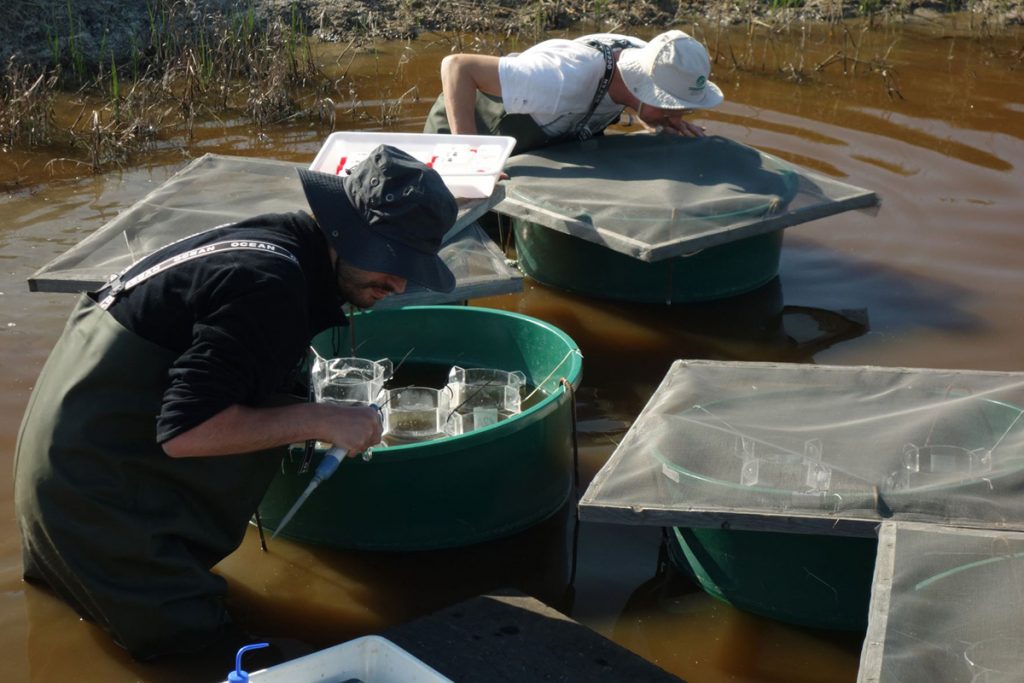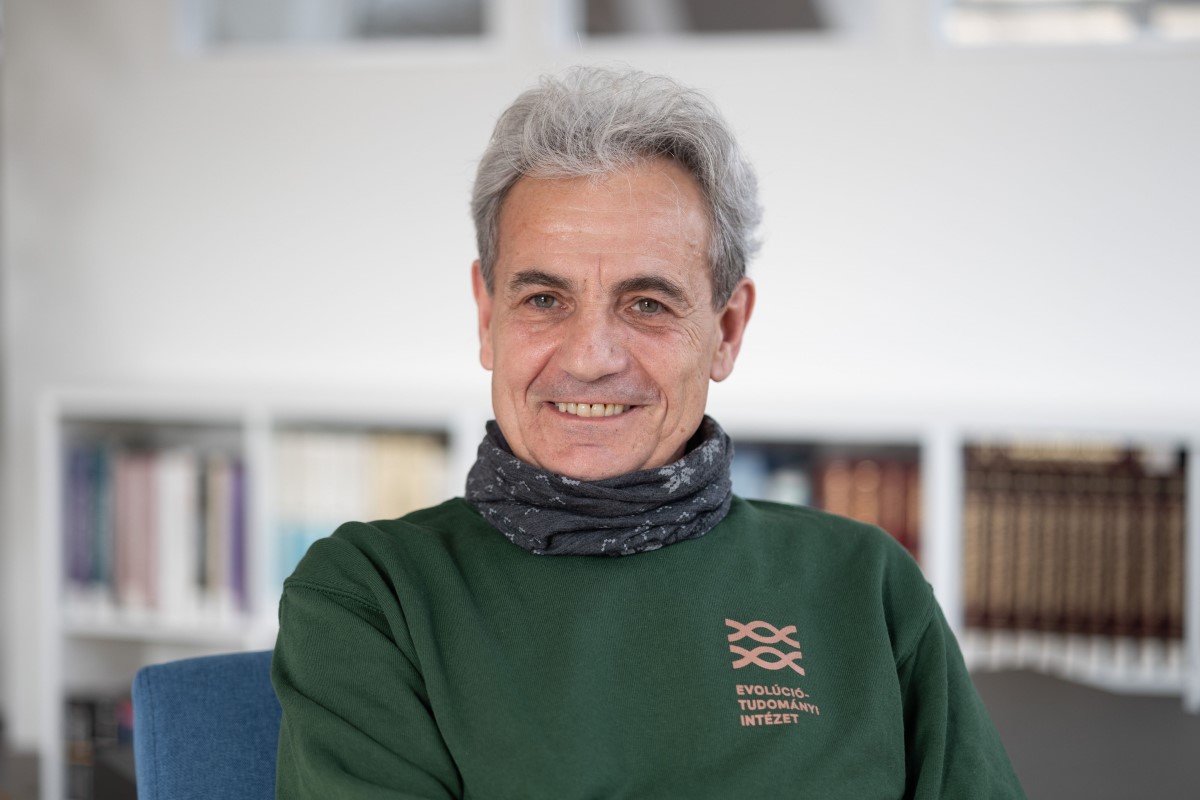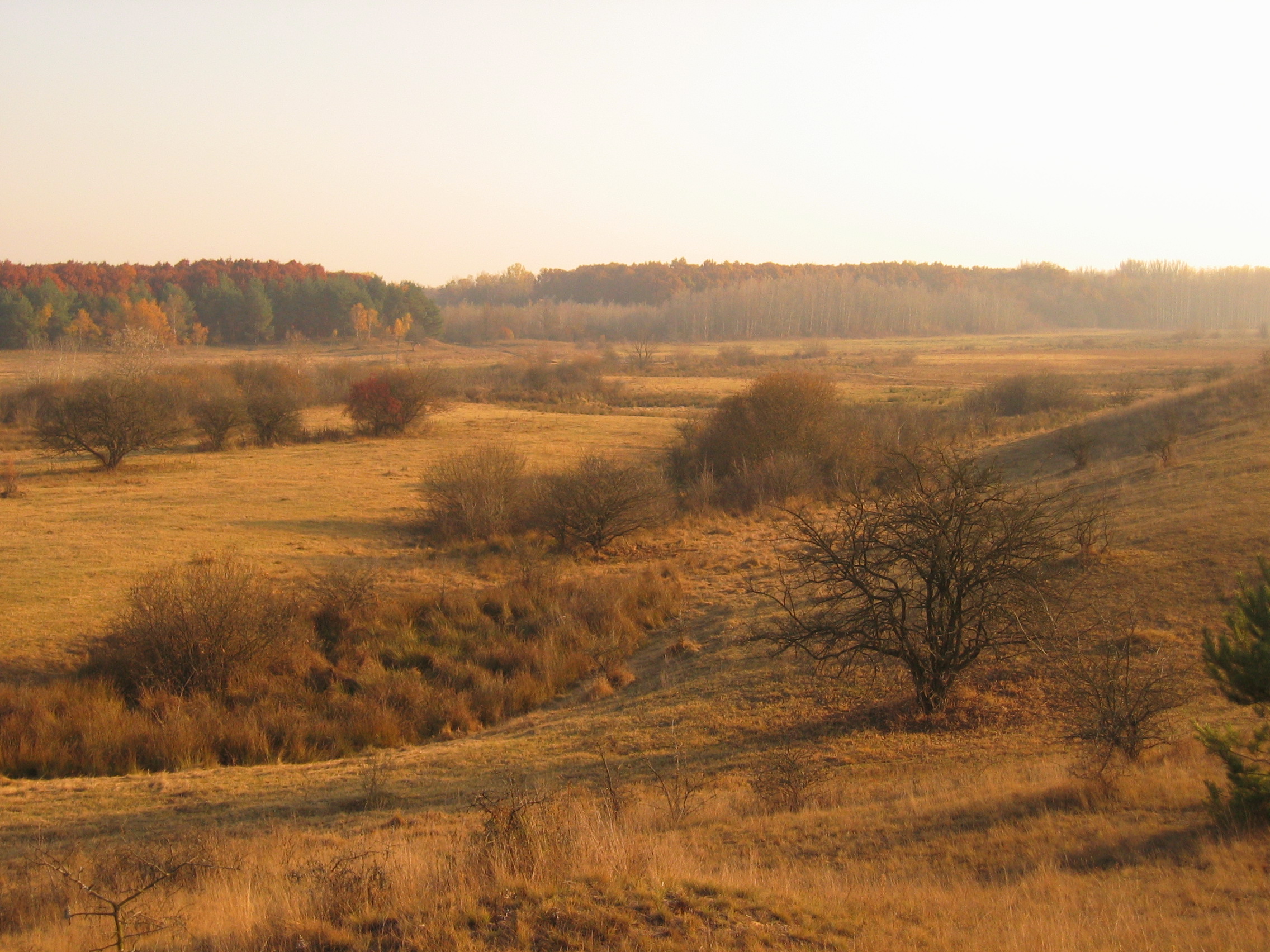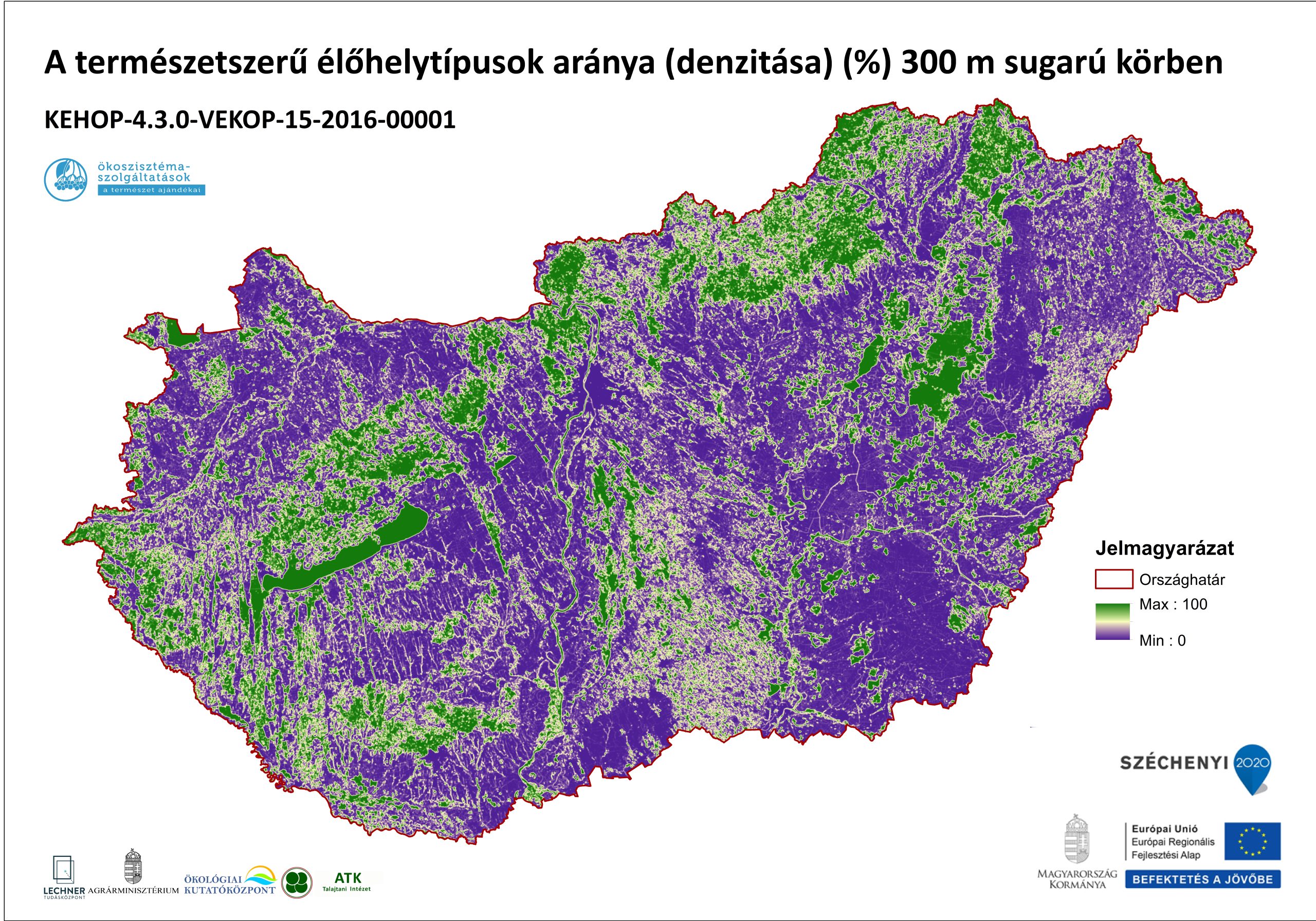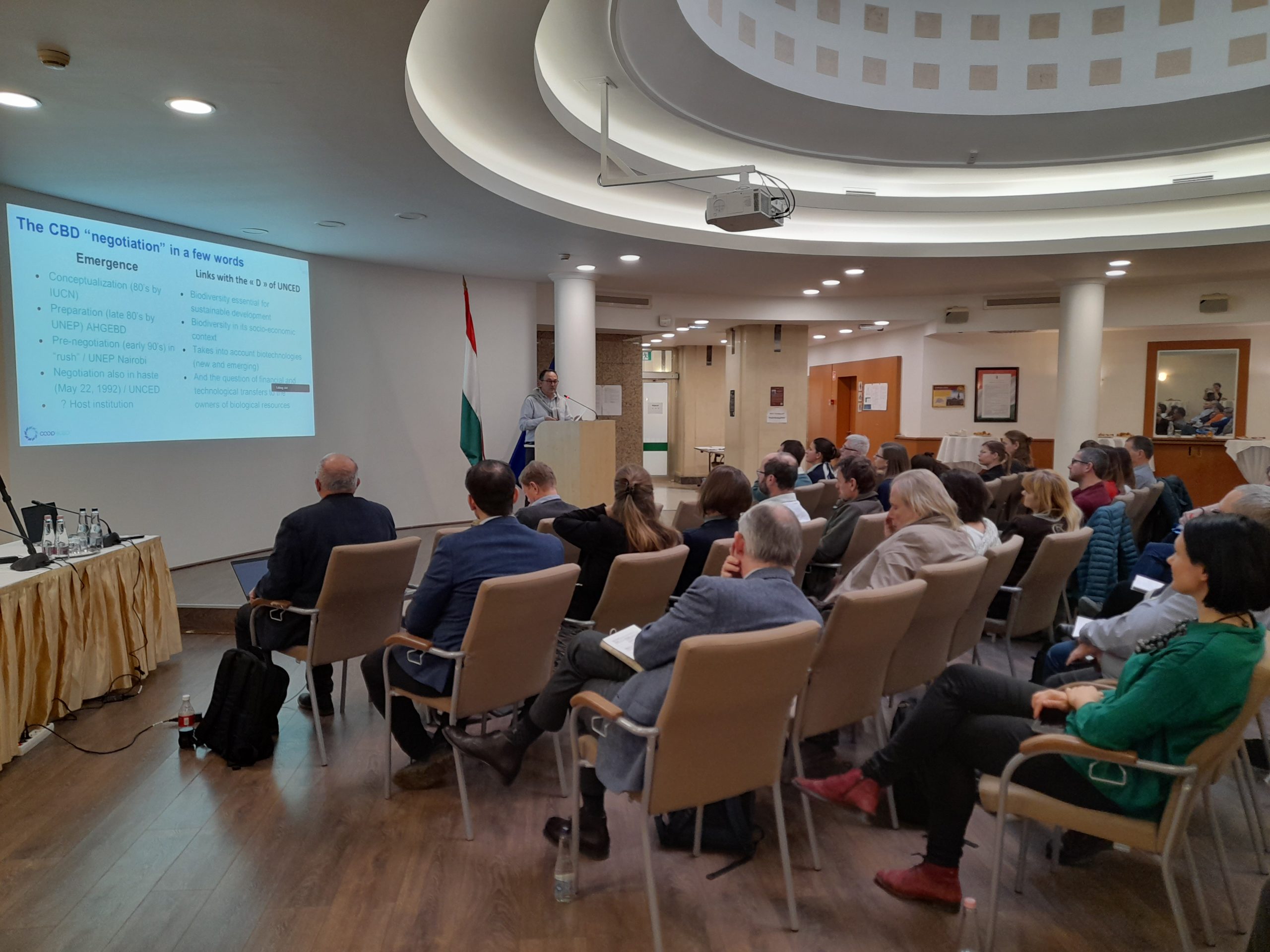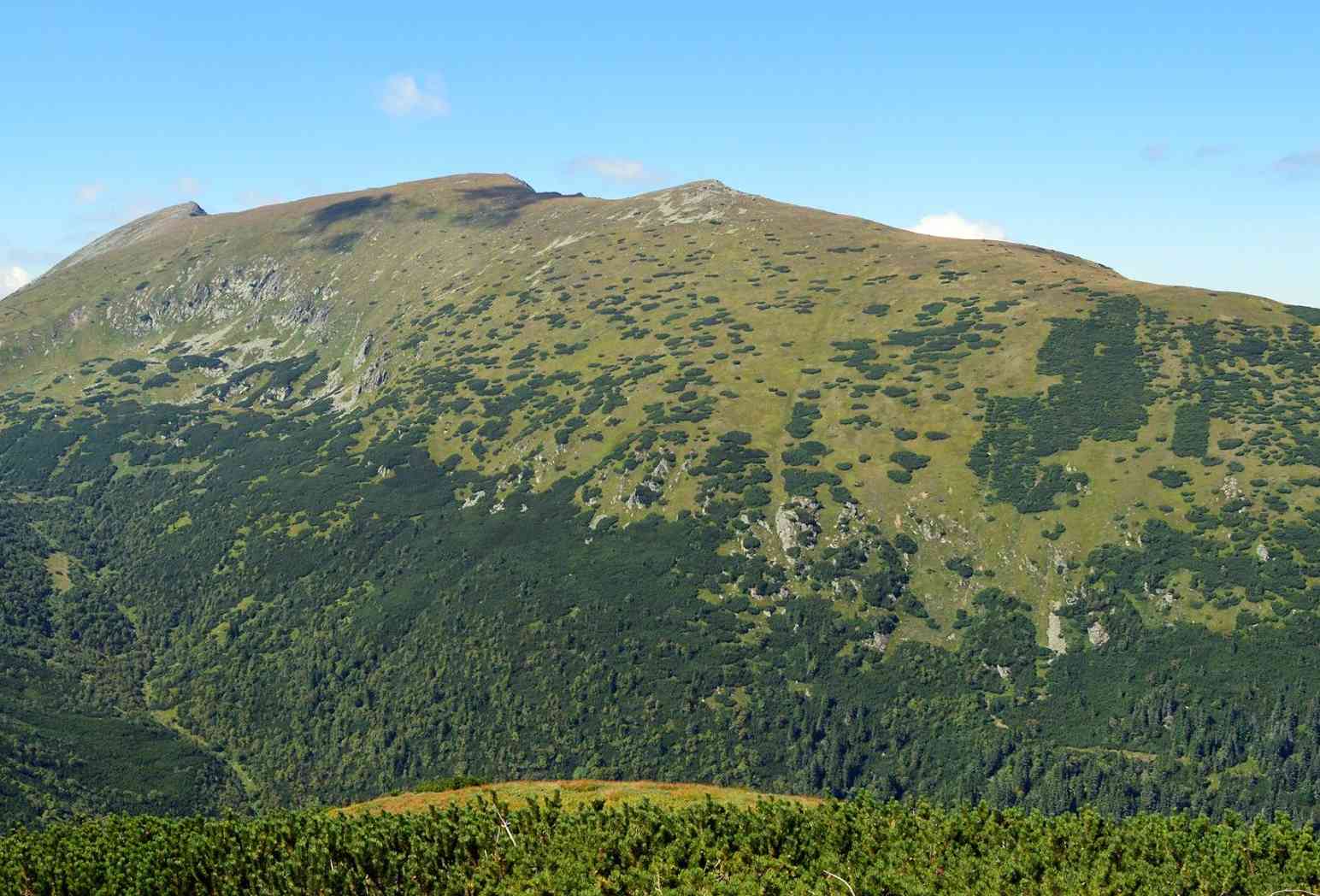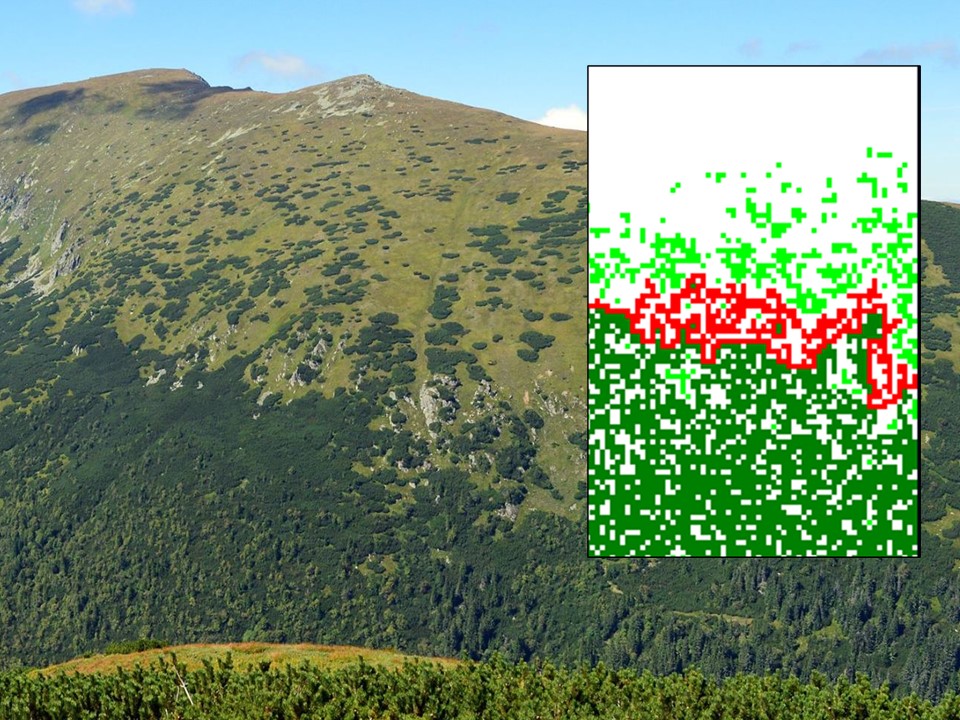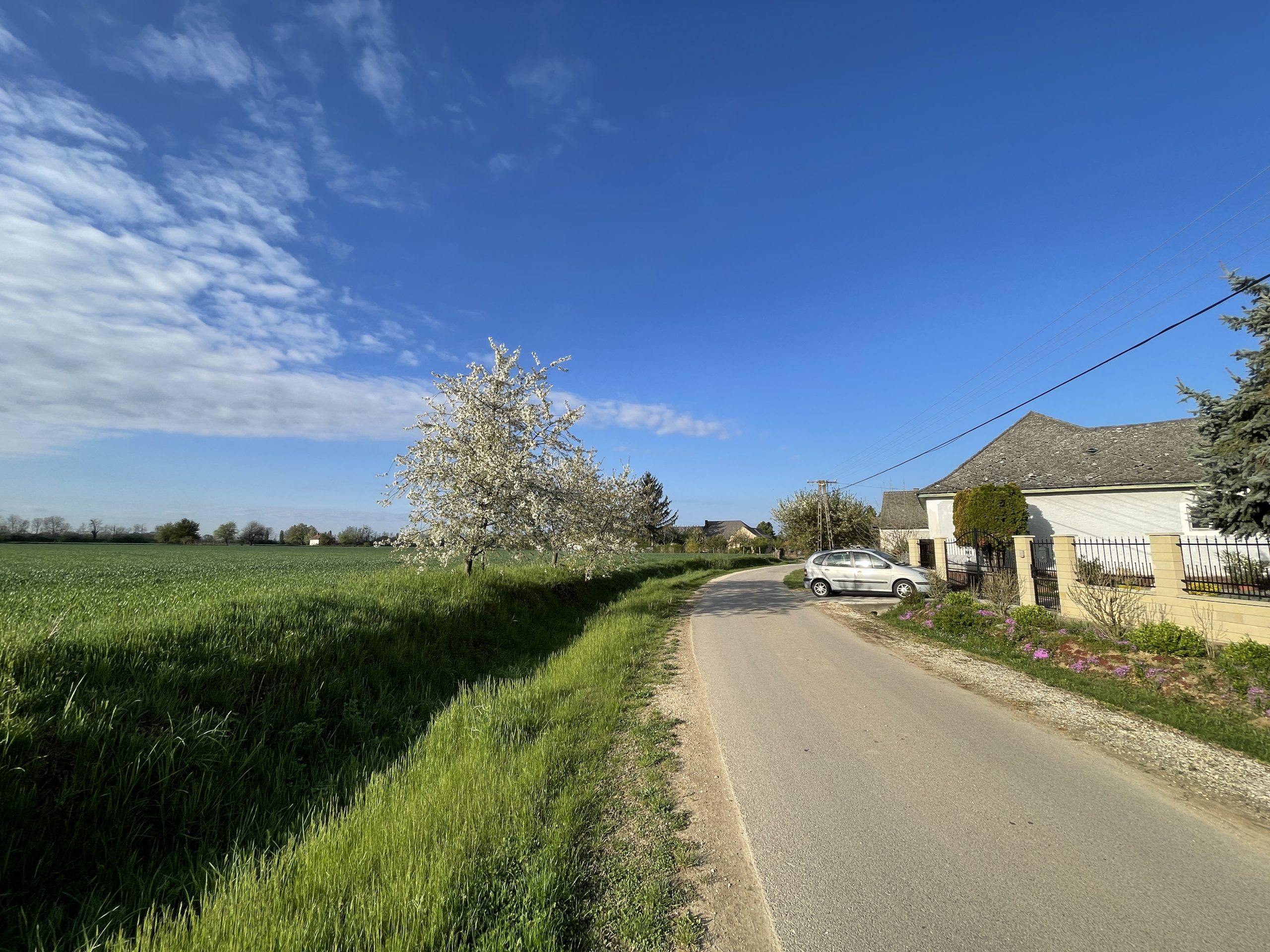
Villages, often separated from larger towns and cities, consist of clusters of households and a few public buildings. Despite their long history, the biodiversity of European villages has been understudied compared to urban areas, forests, grasslands, or agricultural fields. A new study reveals their biodiversity potential and how nearby landscapes influence biodiversity patterns and human well-being.
This research was led by an international team from the HUN-REN Centre for Ecological Research with 20 other institutes contributing from Hungary, Romania, Germany, and Italy. Published in Nature Sustainability, the study examines how landscape complexity and proximity to cities affect village biodiversity and socioeconomic conditions. The findings show higher biodiversity in villages within forest-dominated landscapes compared to agricultural settings, while city proximity boosts human well-being.
The researchers surveyed biodiversity in 64 villages around 16 mid-size cities in Hungary and Romania. Half of the villages were near cities, the other half farther away, and were either in agriculture- or forest-dominated landscapes. The team conducted botanical surveys, used pitfall traps for ground-dwelling arthropods, employed D-vac suction sampling for vegetation-dwelling arthropods, and set trap nests for cavity-nesting bees and wasps, as well as point counts for birds.

They documented 1,164 species across nine taxonomic groups. Multitrophic diversity, a measure of overall biodiversity, was 15% lower in villages surrounded by agricultural fields than by forests. Lead author Dr. Péter Batáry explains, “This underscores the importance of landscape-wide species pools in shaping village biodiversity. City proximity had little impact on species numbers and overall diversity, suggesting other factors have a greater influence.”
The team also collected socioeconomic data for Hungarian villages to calculate the Better Life Index, reflecting human well-being through living conditions and quality of life. The Better Life Index was 27% higher in villages in the agglomerations of cities and 14% higher in villages in forest-dominated landscapes than those in agricultural ones. Co-author Dr. Katalin Szitár notes, “Proximity to urban areas brings better access to services, while forested landscapes offer cleaner air and more green spaces, enhancing living standards and quality of life.”
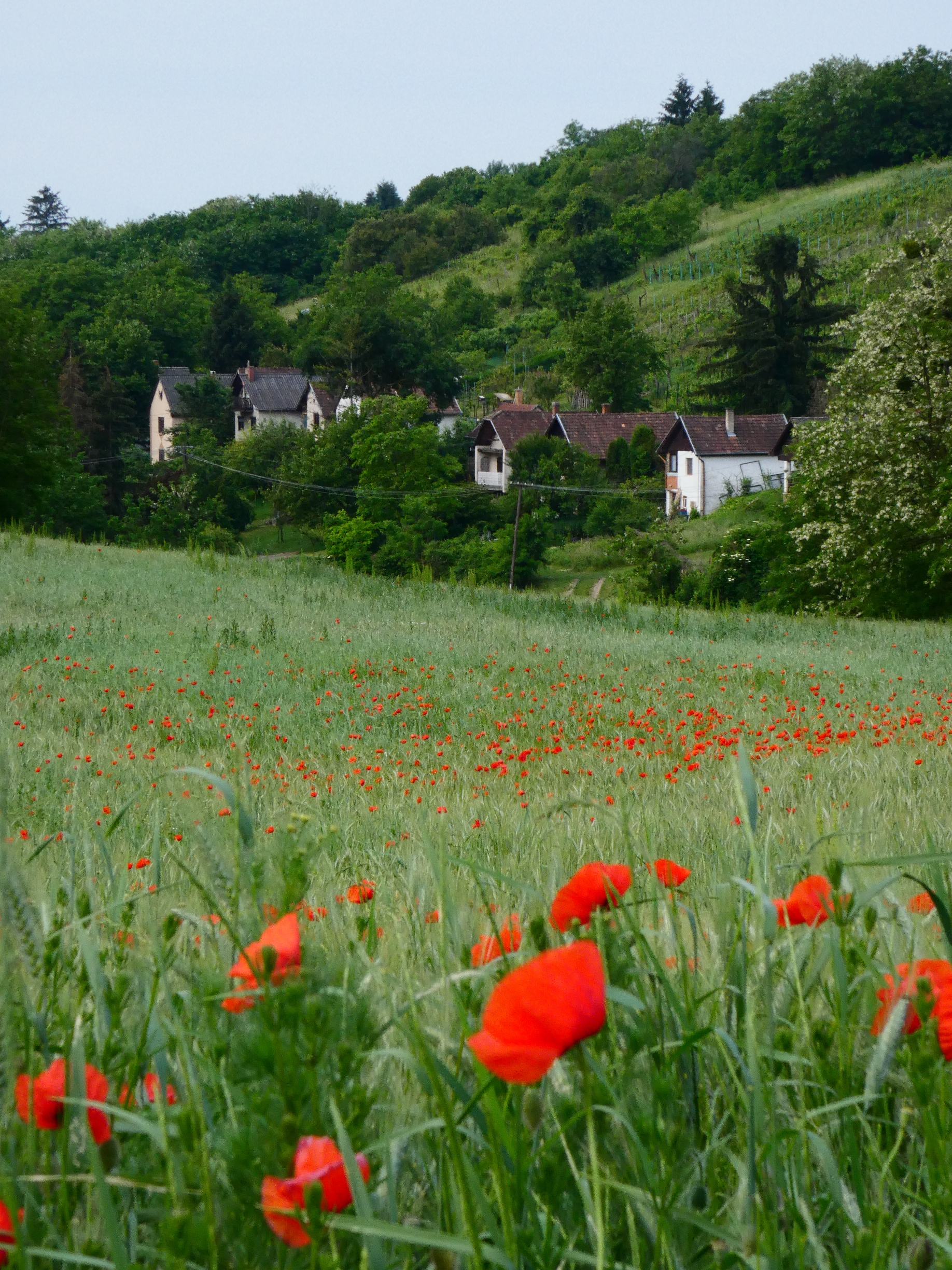
Using GIS, the researchers measured the Human Footprint Index (HFI) to assess environmental impact from infrastructure and land use. Villages with a higher Better Life Index also had a higher HFI, especially near cities, indicating that better living standards can increase environmental impacts. A higher HFI was linked to lower multitrophic diversity, revealing a trade-off between human development and biodiversity. However, forest-dominated landscapes maintained higher biodiversity despite increased human activity, suggesting complex landscapes can mitigate biodiversity loss. Dr. Edina Török notes, “Our findings highlight the delicate balance needed to enhance human well-being without compromising the ecological health of rural landscapes.”
To be effective, sustainable village management should integrate landscape context into development plans. For villages near cities, minimizing soil sealing and green infrastructure intensification can help protect biodiversity. In villages predominantly surrounded by forests, limiting agricultural expansion is crucial. Increasing the connectivity of villages centres with forests and upgrading green infrastructure in agricultural areas can boost biodiversity and well-being. Collaboration between residents, authorities, and landowners, combining policy-driven and community-driven actions, is vital. Dr. Péter Batáry emphasizes, “The EU Rural Development Strategy should prioritize biodiversity management to improve conservation and landscape quality in and around villages.”
Lead photo: Várda is an example of a village embedded in an agriculture-dominated landscape, where multitrophic diversity was 15% lower on average than in forested landscapes.
Photo: Tamás Lakatos


